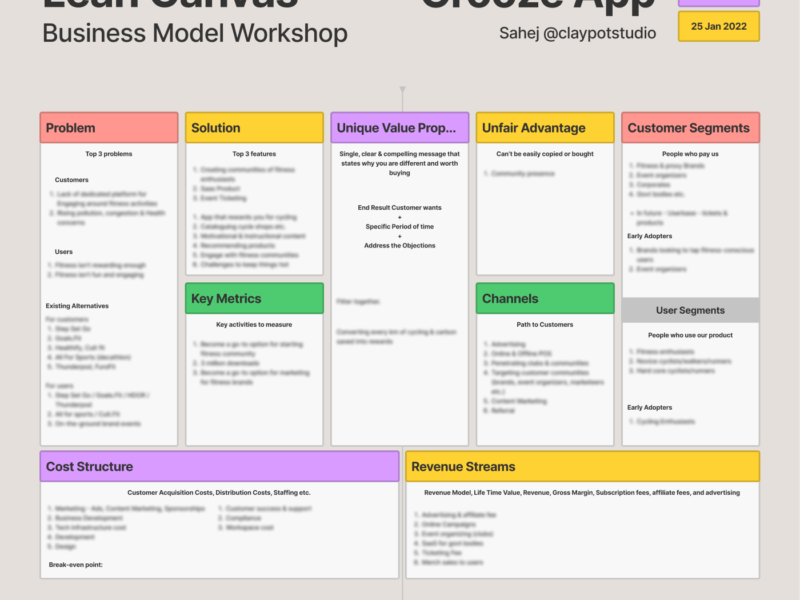Using Brand Strategy to Guide Web Design for A Hollywood Picture Cars Company

Picture Car companies provide brokerage for cars and other vehicles used in movies. For a new interface, it was crucial to first understand the customers and their core problems. We started with some Brand Story workshops, moving into wireframes and finally a responsive web UI.
Overview
Picture Car companies provide brokerage for cars and other vehicles used in movies. For a new interface, it was crucial to first understand the customers and their core problems. We started with some Brand Story workshops, moving into wireframes and finally a responsive web UI.
Roles & Responsibilities
Worked with Owner – 15+ years in Hollywood
Worked with PM & Web Developer
Supervised Junior Content Writer
My Role – Brand Strategist & Web Designer
Responsibilities:
- Brand Strategy
- Copywriting
- UX/UI Design
Process & What we did
A film production requires hundreds of people from distinct backgrounds serving different needs. The existing approach among all the competitors was to provide a catalogue of their collection with some contact details.
The larger goal of the project was to achieve differentiation in the niche. Early discussions revealed the straight-to-work attitude among customers. We had to figure out differentiate ourselves while avoiding any kind of marketing junk to fill up the website.
I lead some workshops based on Donald Miller’s Story Brand model.
Understanding the Customer Base
The workshop was conducted with various stakeholders from Hollywood.
With his extensive experience working in film production, the Owner shared great insights regarding the nature of the business and the competitive landscape. We were constantly reminded that the primary factor that drove sales was trust. On a movie set, every hour costs thousands of dollars so it is imperative to ensure that the picture car will be delivered to the well before time.
Plus, with advances in cinematic imaging, the audience can actively point out inaccuracies in the model. Thus, it was important to assure that we have personally vetted our vehicles to avoid last minute surprises.

Insights:
- Time is of the essence, every hour can add thousands of dollars on a shoot day.
- Period and Aesthetic accuracy of the model is of chief importance.
- Trust, faith and reliability sustain the customer relationship.
Content Comes First
I cannot possibly overstate the importance of shaping a marketing website around the content. Thousands of brilliantly designed websites fail because of poor copywriting or designs that compete with the copy. I have seen countless websites with generic designs that consistently get results with compelling copy. The goal is to use design as a tool to aid in this communication.
I designed some initial wireframes for landing pages and product pages along with some other elements.

Designing for Users that don’t have the time to read
A majority of users were visiting to simply access our catalogue or to get contact details. They could be on the set or on their phone so we knew that they were definitely going to skip over any large chunk of text.
This meant that the content had to be distilled into easily readable chunks with visual aides like icons and images.




Distilling Vehicle Condition into a Score
A big issue with picture cars is that the brokers often have unverified vehicle images received from vehicle owners. By placing the condition data along with the product listing, we were able to reinforce our commitment to transparency.

10 features of a vehicle were identified. Often times Art Directors would not mind if some features are missing. For example, a car chase scene wouldn’t require a working stereo.
Pushing Car Owners for Better Images
The sweetest ride can look poor with bad shots. This can severely impact the listing. So, I added some instructions for car owners to take better images at the listing form stage.

Final UI
Here are some snapshots from the final UI







